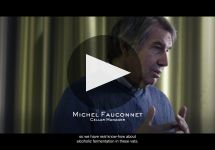Laurent-Perrier La Cuvee Brut (9 Liter Bottle)
-
Tasting
Panel -
James
Suckling -
Wine
Enthusiast -
Jeb
Dunnuck -
Wine
Spectator -
Wine &
Spirits -
Robert
Parker




Product Details
Your Rating
Somm Note
Winemaker Notes
The wine comes from the purest grape juice and it alone allows Laurent-Perrier to craft 'La Cuvée', a champagne of great finesse and a beautiful freshness obtained after a long ageing process in our cellars.
Pale gold in color. Fine bubbles feed a persistent mousse. A delicate nose with hints of fresh citrus and white flowers. The wine’s complexity is expressed in successive notes like vine peach and white fruits notes. A perfect balance between freshness and delicacy with fruity flavors very present on the finish.
This fresh and pure wine is perfect for an apéritif. Its citrus and white fruits notes and its remarkable balance supported by a subtle effervescence, make it an ideal accompaniment to poultry and the finest fish.
Blend: 50% Chardonnay, 35% Pinot Noir, 15% Pinot Meunier
Professional Ratings
-
Tasting Panel
Boasting the texture of billowing silk, this Chardonnay-dominant brut cuvée openly appeals with aromas of buttery brioche, lime blossom, and ripe peach-the latter of which Laurent-Perrier forms a bridge on the palate between the creaminess of pear frangipane and lemon sherbet and the freshness of lemongrass and yuzu, edged by a light stroke of chalk.
-
James Suckling
The brioche and cooked-apple and cream character really comes through here. Full-bodied and round with fine bubbles. Flavorful and intense. Vivid, bread-dough finish. This is four years on lees. 55% chardonnay and the rest pinot.
-
Wine Enthusiast
As an indication of its complexity, this Champagne is a blend of more than 100 different wines. This non vintage cuvée is rich, with a hint of toast contrasting with the wine’s mineral texture. White fruits give a vivid character to the aftertaste.
-
Jeb Dunnuck
The NV Champagne La Cuvée Brut is aged for 4 years and sees 8 grams per liter dosage. The nose is very pretty and elegant, with floral aromas of brioche and sweet orchard fruits. Fresh with apricot, it is expressive of its lovely Chardonnay character. The palate is soft and approachable, and in line with the nose. This is a great aperitif style to begin with. Drink now or over the following 10 years. Best after 2022.
-
Wine Spectator
A harmonious Champagne, with a vibrant backbone of acidity and a well-knit mix of poached pear, lemon preserves, smoke and toast. Very accessible.
-
Wine & Spirits
This wine's fresh fruit and firm structure match bright lemon zest flavors with limestone severity. The fine bubbles add to the clean sensation of the finish. It's spicy, tight and formidable, a wine to kick-start a dinner party.
Best Buy
-
Robert Parker's Wine Advocate
The Laurent-Perrier NV Brut is a blend of 50% Chardonnay, 35% Pinot Noir and 15% Meunier, and is based on 2009 plus 15-30% reserve wines from two or three vintages. Citrus colored, this signature LP has a refined, fresh and elegant nose with brioche and delicate citrus flavors. Lean, refined and elegant on the palate, this is a dry and silky textured, vivacious, and perfectly fresh and balanced aperitif Champagne. It does not have the opinion-dividing thrill and tension of the Ultra Brut, but will probably find more friends.
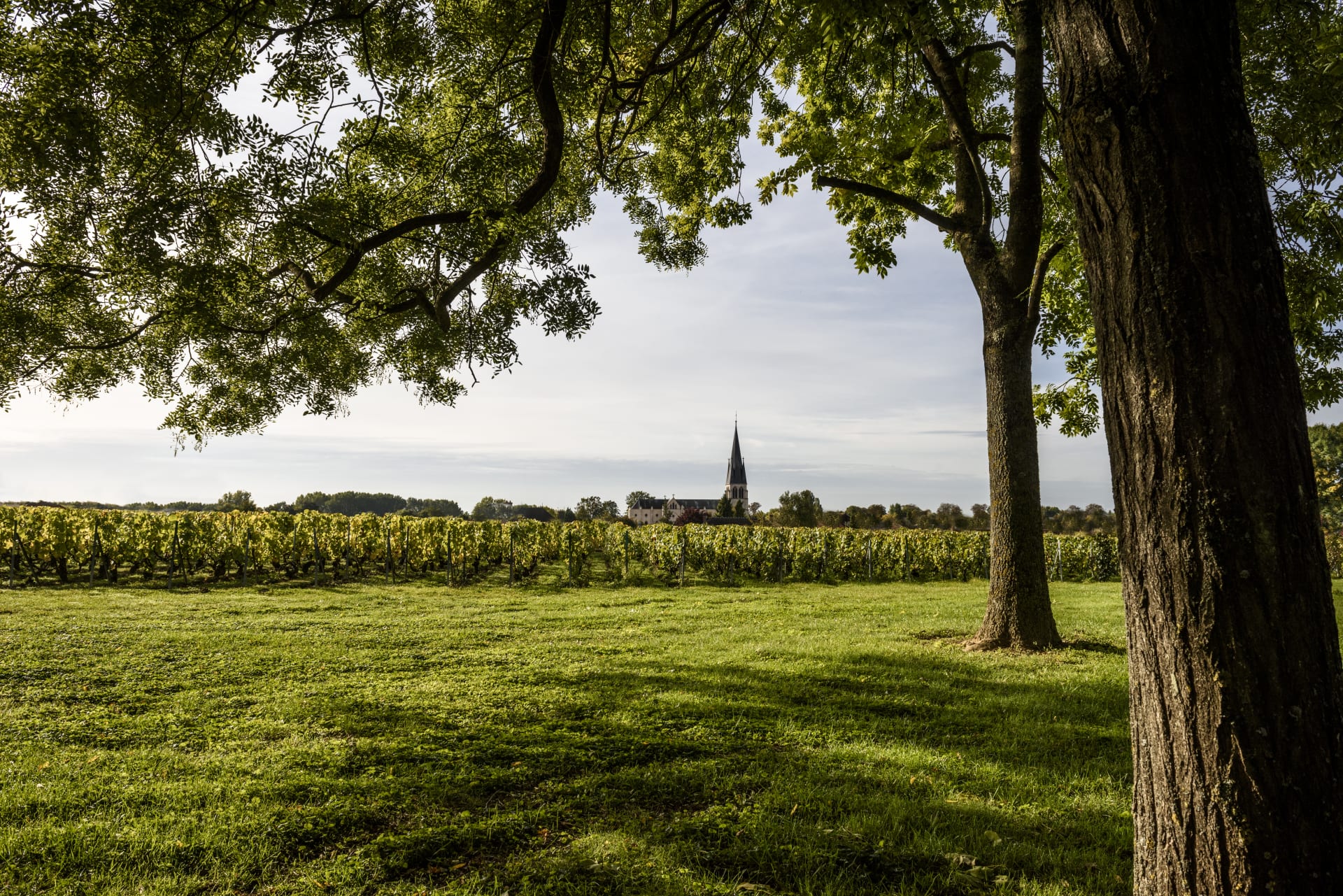

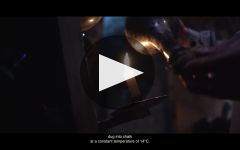
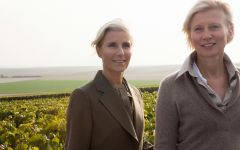
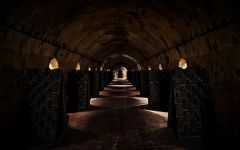
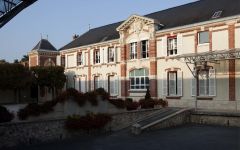
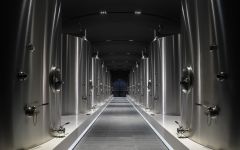
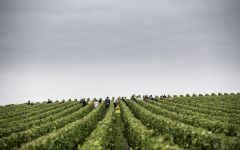
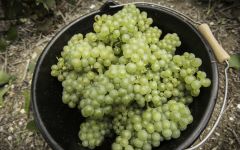
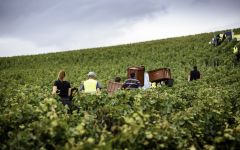
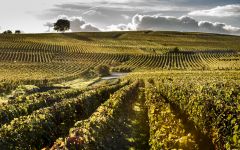
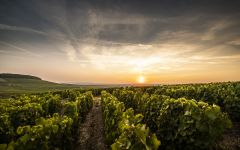
Established in 1812, Champagne Laurent-Perrier has a long tradition of innovation in Champagne and can be credited with many of the ideas that have defined Champagne production since the mid 20th century. Laurent-Perrier was among the first to introduce stainless steel fermentation tanks to the region in the 1950s, resurrected the non-dosage Champagne category with the introduction of Ultra Brut in 1981, and sparked the revival of non-vintage rosé Champagne in 1968 despite the opinion of other producers that non-vintage rosés were not to be taken seriously. Today, Laurent Perrier's iconic Cuvée Rosé remains the benchmark for non-vintage rosé champagne.
Laurent-Perrier has become one of the international leaders in Champagne based entirely on the quality of the wines and core values as a company. Laurent-Perrier is still a family-controlled business and makes nothing other than champagne. The house prides itself on quality and consistency, attributable to having only 3 chefs de caves since 1949.
Laurent-Perrier's house style emphasizes freshness, elegance, and finesse across its entire range of champagnes. None of the wines are aged in oak, and Laurent-Perrier makes fewer single-vintage wines than many other houses. The art of blending - not just of grapes but of years, as well - is fundamental to champagne. At Laurent-Perrier, even our prestige cuvée Grand Siècle is never a single vintage wine, but always a blend of three complementary vintage years, essentially "creating" the perfect year.

A term typically reserved for Champagne and Sparkling Wines, non-vintage or simply “NV” on a label indicates a blend of finished wines from different vintages (years of harvest). To make non-vintage Champagne, typically the current year’s harvest (in other words, the current vintage) forms the base of the blend. Finished wines from previous years, called “vins de reserve” are blended in at approximately 10-50% of the total volume in order to achieve the flavor, complexity, body and acidity for the desired house style. A tiny proportion of Champagnes are made from a single vintage.
There are also some very large production still wines that may not claim one particular vintage. This would be at the discretion of the winemaker’s goals for character of the final wine.

Associated with luxury, celebration, and romance, the region, Champagne, is home to the world’s most prized sparkling wine. In order to bear the label, ‘Champagne’, a sparkling wine must originate from this northeastern region of France—called Champagne—and adhere to strict quality standards. Made up of the three towns Reims, Épernay, and Aÿ, it was here that the traditional method of sparkling wine production was both invented and perfected, birthing a winemaking technique as well as a flavor profile that is now emulated worldwide.
Well-drained, limestone and chalky soil defines much of the region, which lend a mineral component to its wines. Champagne’s cold, continental climate promotes ample acidity in its grapes but weather differences from year to year can create significant variation between vintages. While vintage Champagnes are produced in exceptional years, non-vintage cuvées are produced annually from a blend of several years in order to produce Champagnes that maintain a consistent house style.
With nearly negligible exceptions, . These can be blended together or bottled as individual varietal Champagnes, depending on the final style of wine desired. Chardonnay, the only white variety, contributes freshness, elegance, lively acidity and notes of citrus, orchard fruit and white flowers. Pinot Noir and its relative Pinot Meunier, provide the backbone to many blends, adding structure, body and supple red fruit flavors. Wines with a large proportion of Pinot Meunier will be ready to drink earlier, while Pinot Noir contributes to longevity. Whether it is white or rosé, most Champagne is made from a blend of red and white grapes—and uniquely, rosé is often produce by blending together red and white wine. A Champagne made exclusively from Chardonnay will be labeled as ‘blanc de blancs,’ while ones comprised of only red grapes are called ‘blanc de noirs.’
